1941 INDIAN MODEL 741 SCOUT JUNIOR
1941 INDIAN MODEL 741 SCOUT JUNIOR Chassis No. GDA 33555 Olive Drab Engine: Vee-twin, 30.5 cubic inch displacement, single carburetor; Gearbox: 4-speed; Suspension: front, coil spring, rear, solid; Brakes: mechanical drum. Designed by Oscar Hedstrom and guided by George Hendee, Indian motorcycles were the pride of Springfield, Massachusetts and thousands of early motorcycle riders. Starting from inlet-over-exhaust singles, Indian explored all the early expressions of motorcycle design, from singles through vee-twins to luxurious inline fours. While other motorcycle manufacturers concentrated upon one or at most two configurations, Indian successfully built, raced, developed and sold in quantity all its motorcycles. Along the way Indian developed a reputation for reliability and performance both in everyday service and in competition. Indian competed head-to-head with Harley-Davidson and Excelsior to create the triumvirate of American motorcycling, dominant on the track and also in long distance open road record setting. At the beginning of the First World War Indian was the largest motorcycle manufacturer in the world, producing some 41,000 units just before America entered the war. Indian and Harley-Davidson persisted through the Great Depression after Ignaz Schwinn pulled the plug on Excelsior. Indian, by virtue of the financial support of its new owner, E. Paul DuPont, and rigorous cost cutting, eked out erratic profits by concentrating on 500cc and 750cc vee-twin motorcycles while continuing to turn out a few of the luxurious four-cylinder bikes based on the Ace design and the famous side-valve large displacement Chiefs. Indian's design and styling, particularly the skirted fenders on 1940's Sport Scout, led the industry. As World War II began in Europe in 1939 the U.S. military began to gear up, first to supply the French, British and Commonwealth forces and - inevitably if unsaid - for America's own coming involvement in the war. One of the earliest requests was for motorcycles, indispensable elements of the modern mobile warfare which was being employed to devastating effect by the German blitzkrieg. Taking its cue from the British, the U.S. Army Quartermaster Corps asked motorcycle builders for proposals for military motorcycles in 1938. The bikes had to be simple, lightweight, equipped to ford small streams, run cool at low speeds and at idle and tolerate gasoline of negligible octane. The Army also specified displacement of 500cc, 31 cubic inches. Indian responded with the 640 Scout, a rugged 500cc workhorse specifically tailored to the Quartermaster's specification. Harley-Davidson went its own way, proposing the 750cc WLA. The U.S. Army opted for Harley's proposal but the British, Canadian and other Commonwealth forces seized upon Indian's Scout and happily bought tens of thousands of them over the next five years. Built as the 640 and 741 models, with both 500cc and 750cc engines, Indian's Scout migrated throughout the world, from Canada and the U.K. to New Zealand and Australia where they formed the backbone of an enthusiastic motorcycle culture. Today the Indian 741 Sport Scout Military is far more common outside the U.S. than it is in the country where it was built. In New Zealand its influence is responsible for much of the reverence in which the Indian name is held in the Land of the Long White Cloud and home of "The World's Fastest Indian." Its adjustable hydraulic girder spring front fork and rugged frame derived from the big Chief were both reliable and adaptable and introduced a new generation of riders to Indian performance. The example offered here is a rare (in the U.S.) 1941 741 500cc model in its military configuration. Essentially complete but having been unused for many years, it is the ideal basis for restoration with its original military outfit or for conversion and development into a competitive historic 741 Scout-based sportster. WITHOUT RESERVE
1941 INDIAN MODEL 741 SCOUT JUNIOR
1941 INDIAN MODEL 741 SCOUT JUNIOR Chassis No. GDA 33555 Olive Drab Engine: Vee-twin, 30.5 cubic inch displacement, single carburetor; Gearbox: 4-speed; Suspension: front, coil spring, rear, solid; Brakes: mechanical drum. Designed by Oscar Hedstrom and guided by George Hendee, Indian motorcycles were the pride of Springfield, Massachusetts and thousands of early motorcycle riders. Starting from inlet-over-exhaust singles, Indian explored all the early expressions of motorcycle design, from singles through vee-twins to luxurious inline fours. While other motorcycle manufacturers concentrated upon one or at most two configurations, Indian successfully built, raced, developed and sold in quantity all its motorcycles. Along the way Indian developed a reputation for reliability and performance both in everyday service and in competition. Indian competed head-to-head with Harley-Davidson and Excelsior to create the triumvirate of American motorcycling, dominant on the track and also in long distance open road record setting. At the beginning of the First World War Indian was the largest motorcycle manufacturer in the world, producing some 41,000 units just before America entered the war. Indian and Harley-Davidson persisted through the Great Depression after Ignaz Schwinn pulled the plug on Excelsior. Indian, by virtue of the financial support of its new owner, E. Paul DuPont, and rigorous cost cutting, eked out erratic profits by concentrating on 500cc and 750cc vee-twin motorcycles while continuing to turn out a few of the luxurious four-cylinder bikes based on the Ace design and the famous side-valve large displacement Chiefs. Indian's design and styling, particularly the skirted fenders on 1940's Sport Scout, led the industry. As World War II began in Europe in 1939 the U.S. military began to gear up, first to supply the French, British and Commonwealth forces and - inevitably if unsaid - for America's own coming involvement in the war. One of the earliest requests was for motorcycles, indispensable elements of the modern mobile warfare which was being employed to devastating effect by the German blitzkrieg. Taking its cue from the British, the U.S. Army Quartermaster Corps asked motorcycle builders for proposals for military motorcycles in 1938. The bikes had to be simple, lightweight, equipped to ford small streams, run cool at low speeds and at idle and tolerate gasoline of negligible octane. The Army also specified displacement of 500cc, 31 cubic inches. Indian responded with the 640 Scout, a rugged 500cc workhorse specifically tailored to the Quartermaster's specification. Harley-Davidson went its own way, proposing the 750cc WLA. The U.S. Army opted for Harley's proposal but the British, Canadian and other Commonwealth forces seized upon Indian's Scout and happily bought tens of thousands of them over the next five years. Built as the 640 and 741 models, with both 500cc and 750cc engines, Indian's Scout migrated throughout the world, from Canada and the U.K. to New Zealand and Australia where they formed the backbone of an enthusiastic motorcycle culture. Today the Indian 741 Sport Scout Military is far more common outside the U.S. than it is in the country where it was built. In New Zealand its influence is responsible for much of the reverence in which the Indian name is held in the Land of the Long White Cloud and home of "The World's Fastest Indian." Its adjustable hydraulic girder spring front fork and rugged frame derived from the big Chief were both reliable and adaptable and introduced a new generation of riders to Indian performance. The example offered here is a rare (in the U.S.) 1941 741 500cc model in its military configuration. Essentially complete but having been unused for many years, it is the ideal basis for restoration with its original military outfit or for conversion and development into a competitive historic 741 Scout-based sportster. WITHOUT RESERVE
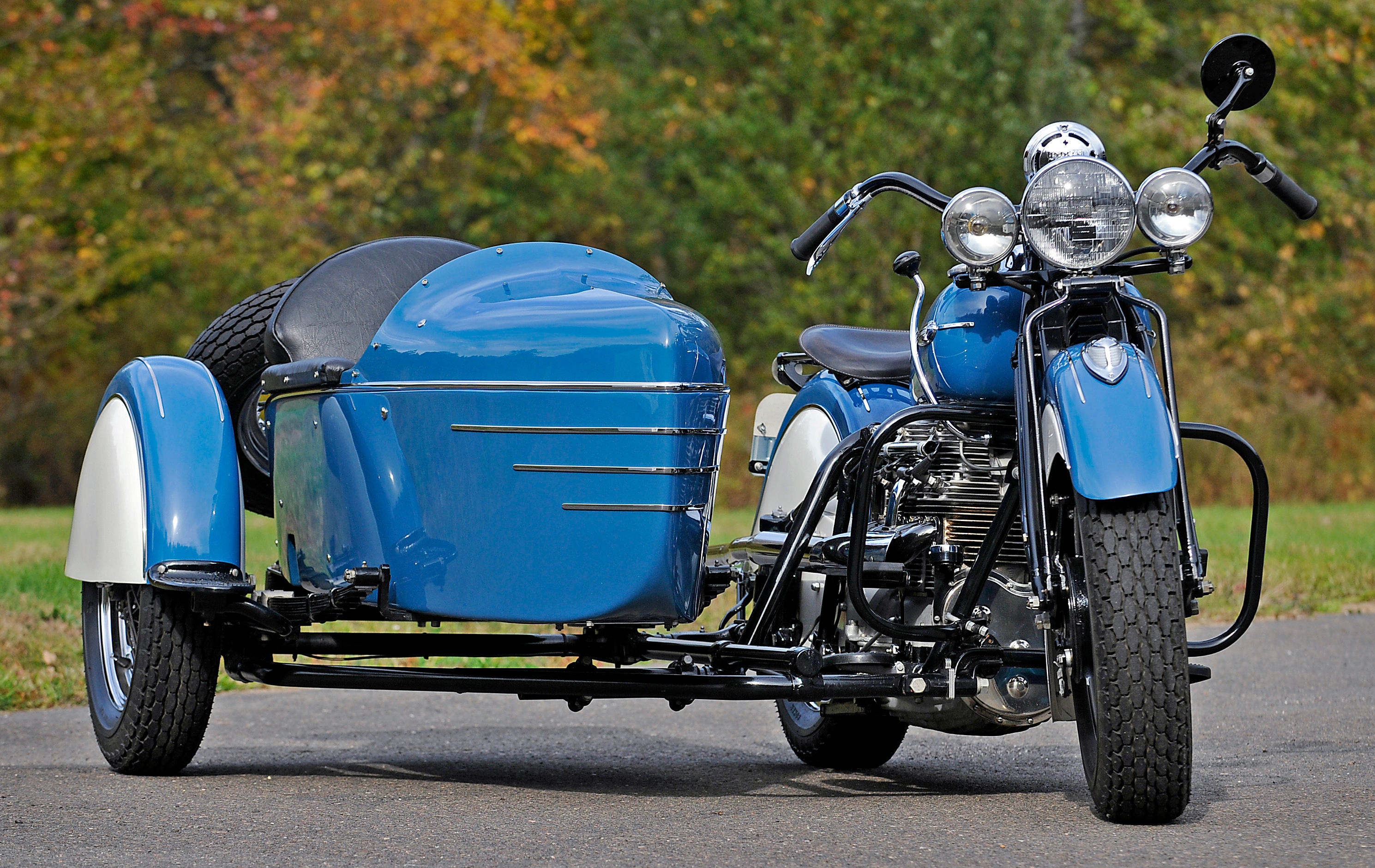

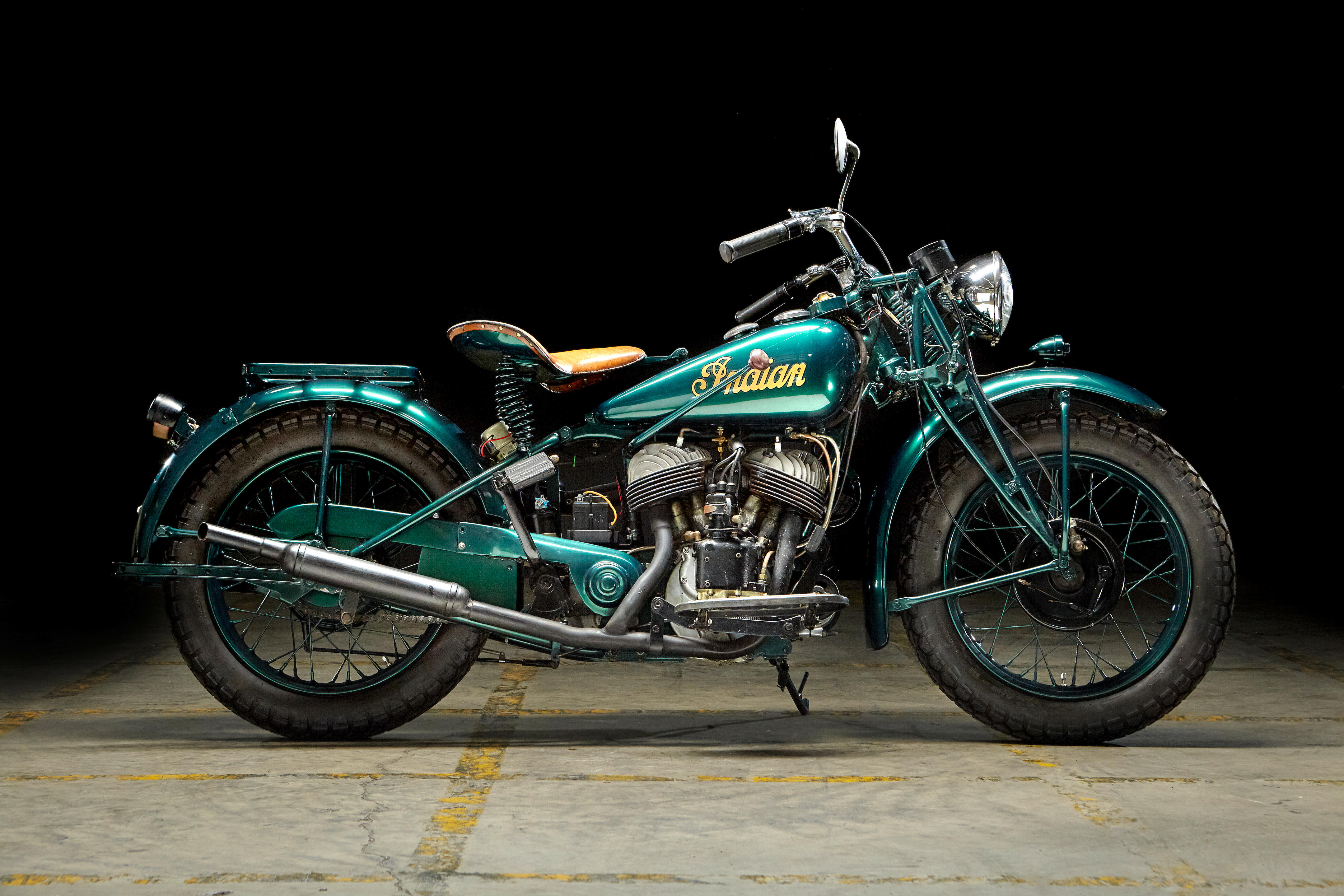
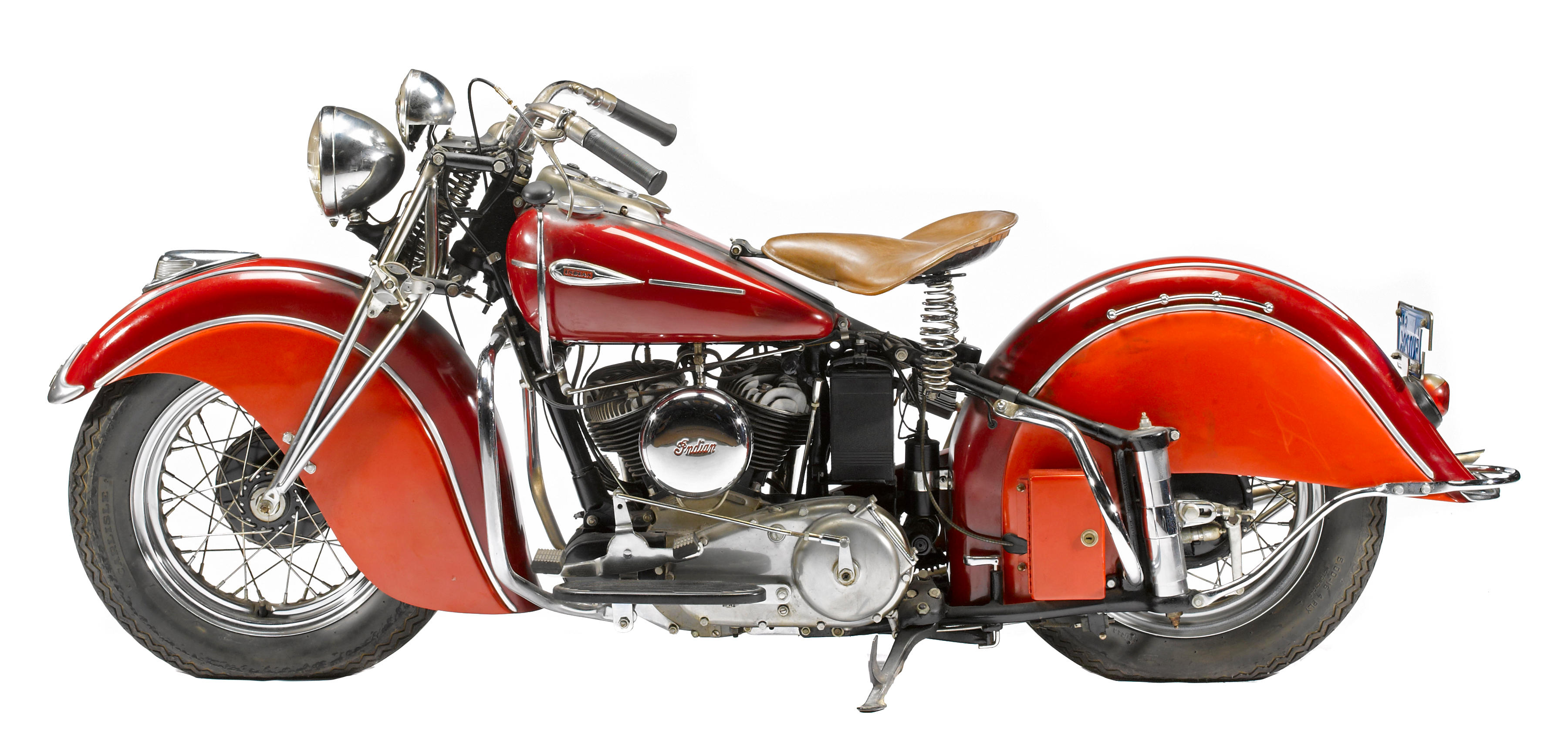

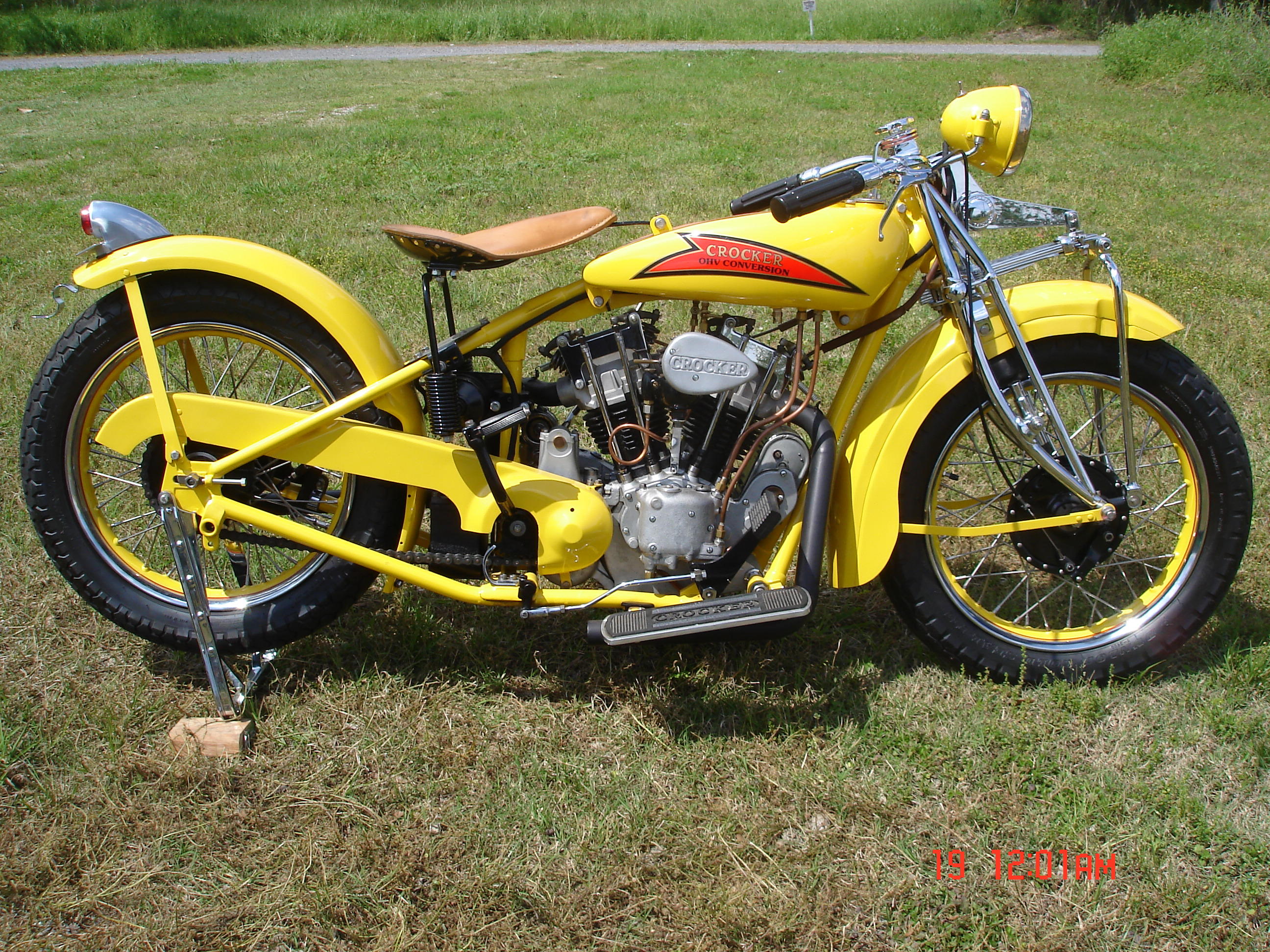
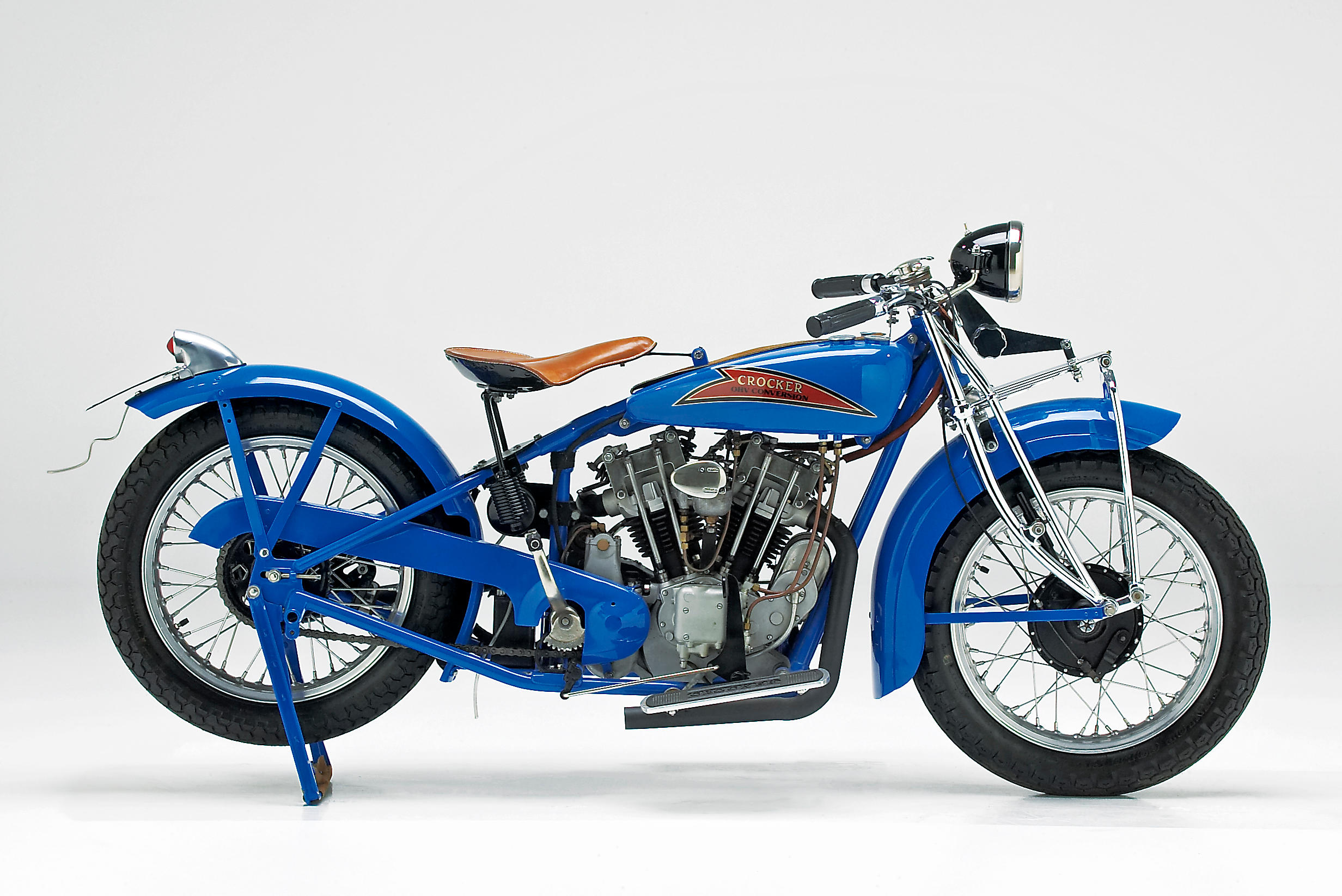

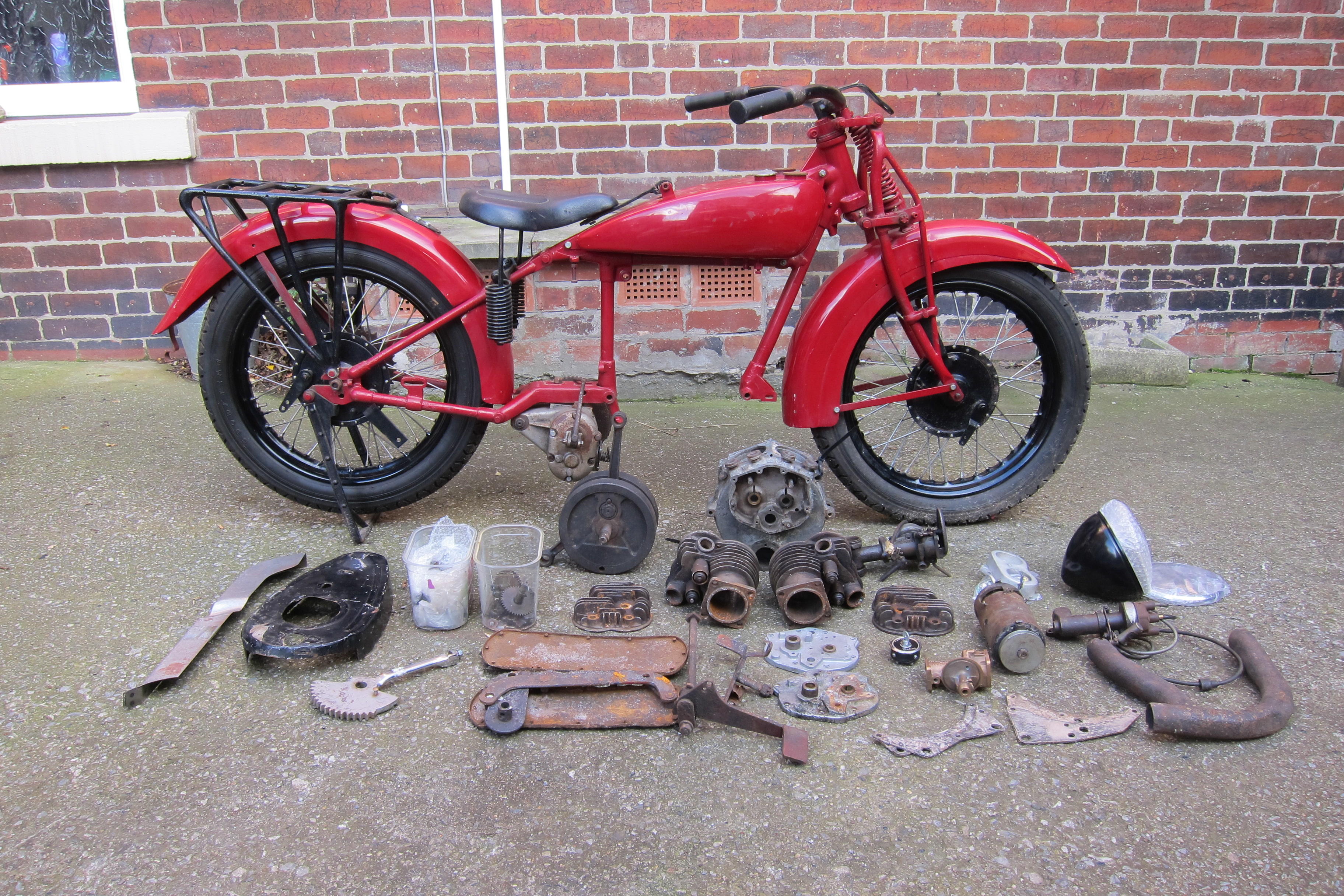

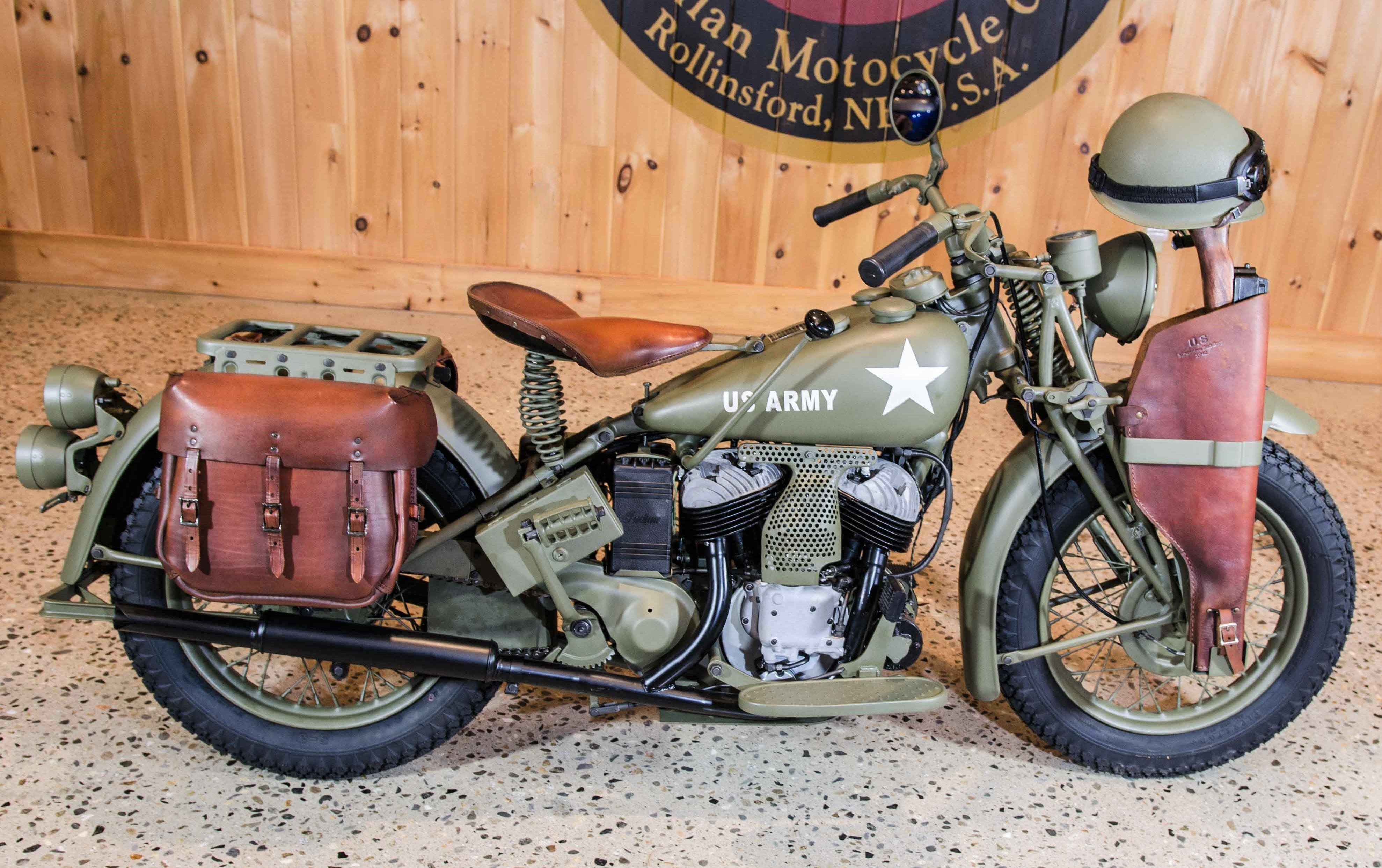
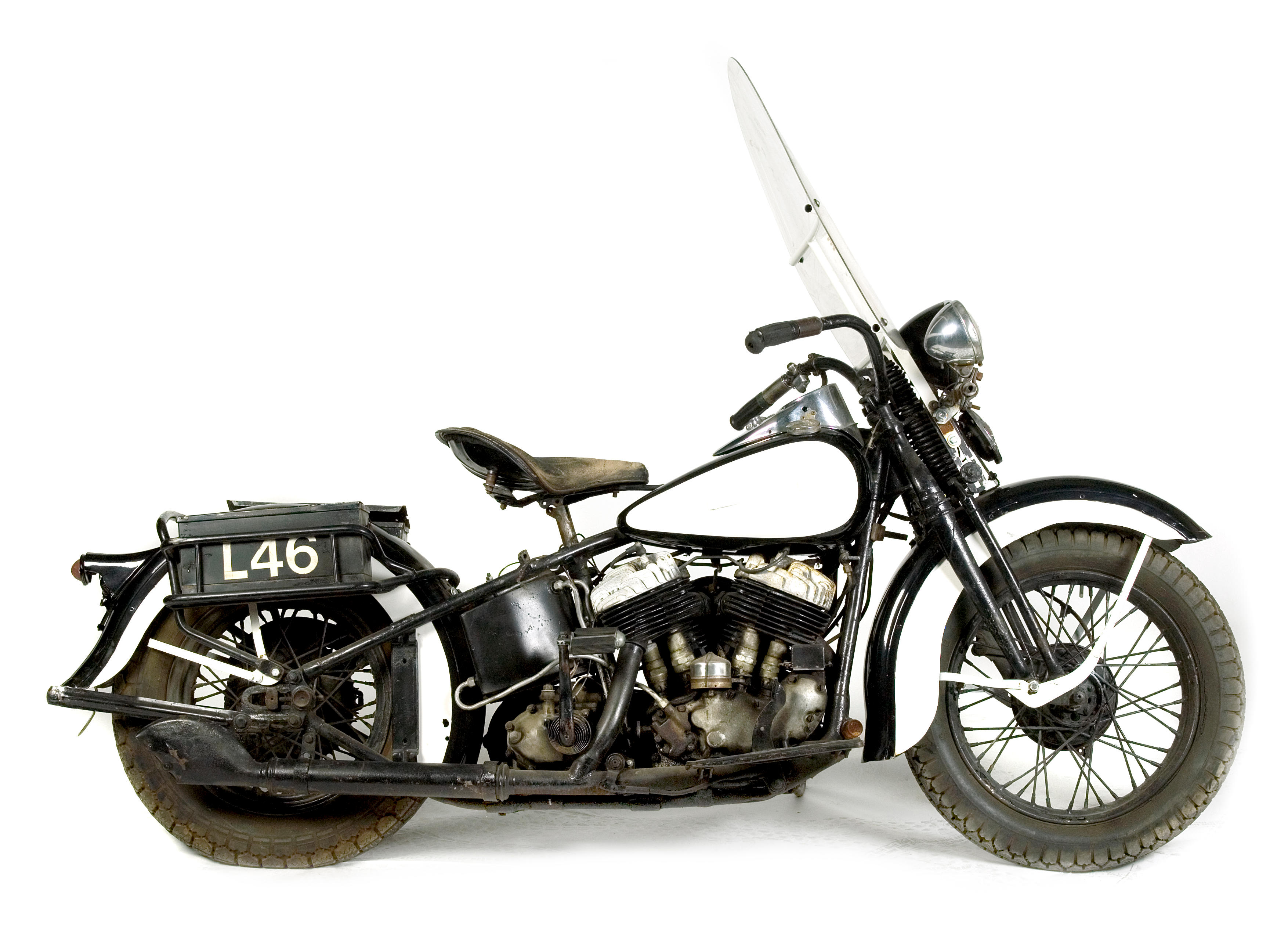
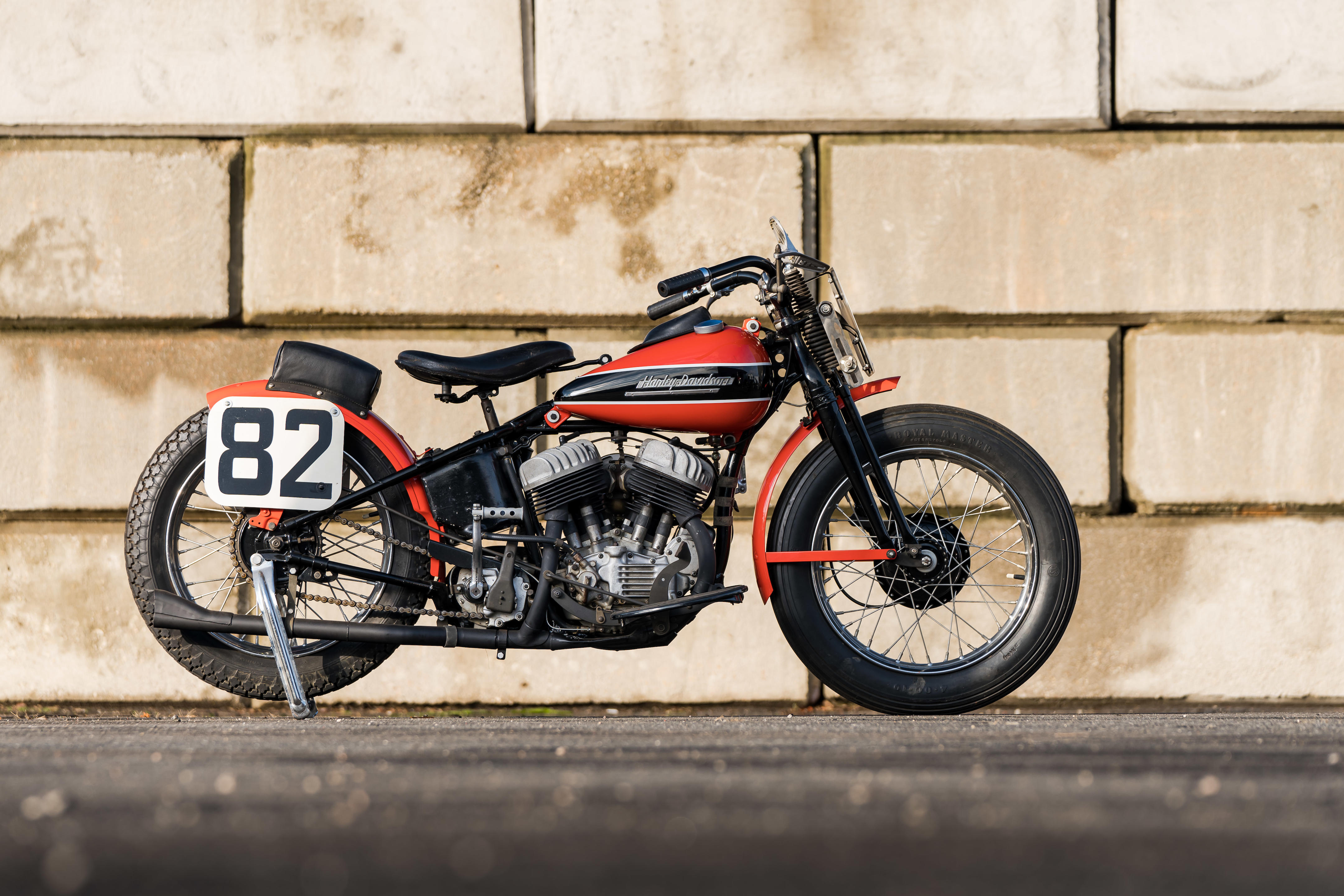
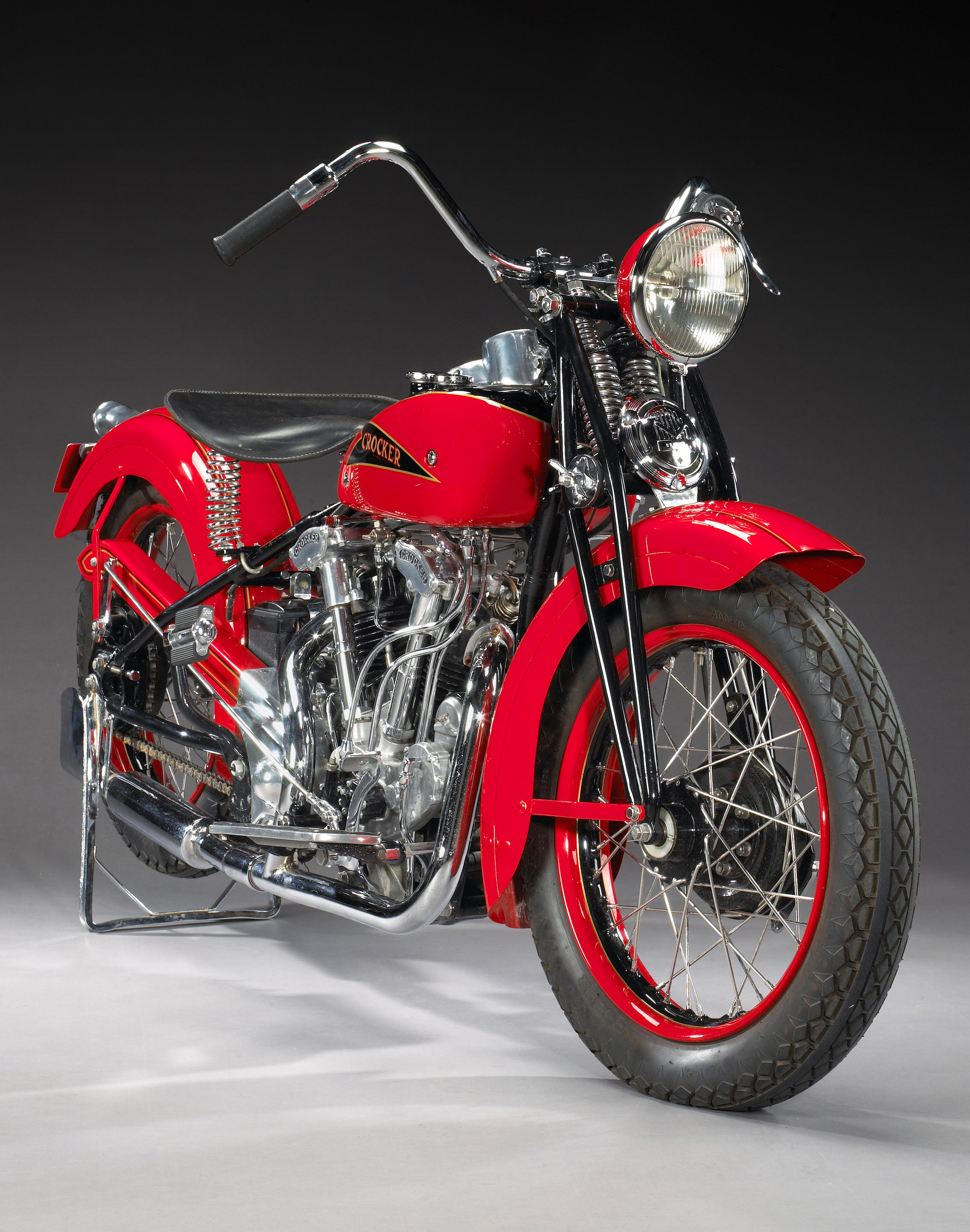
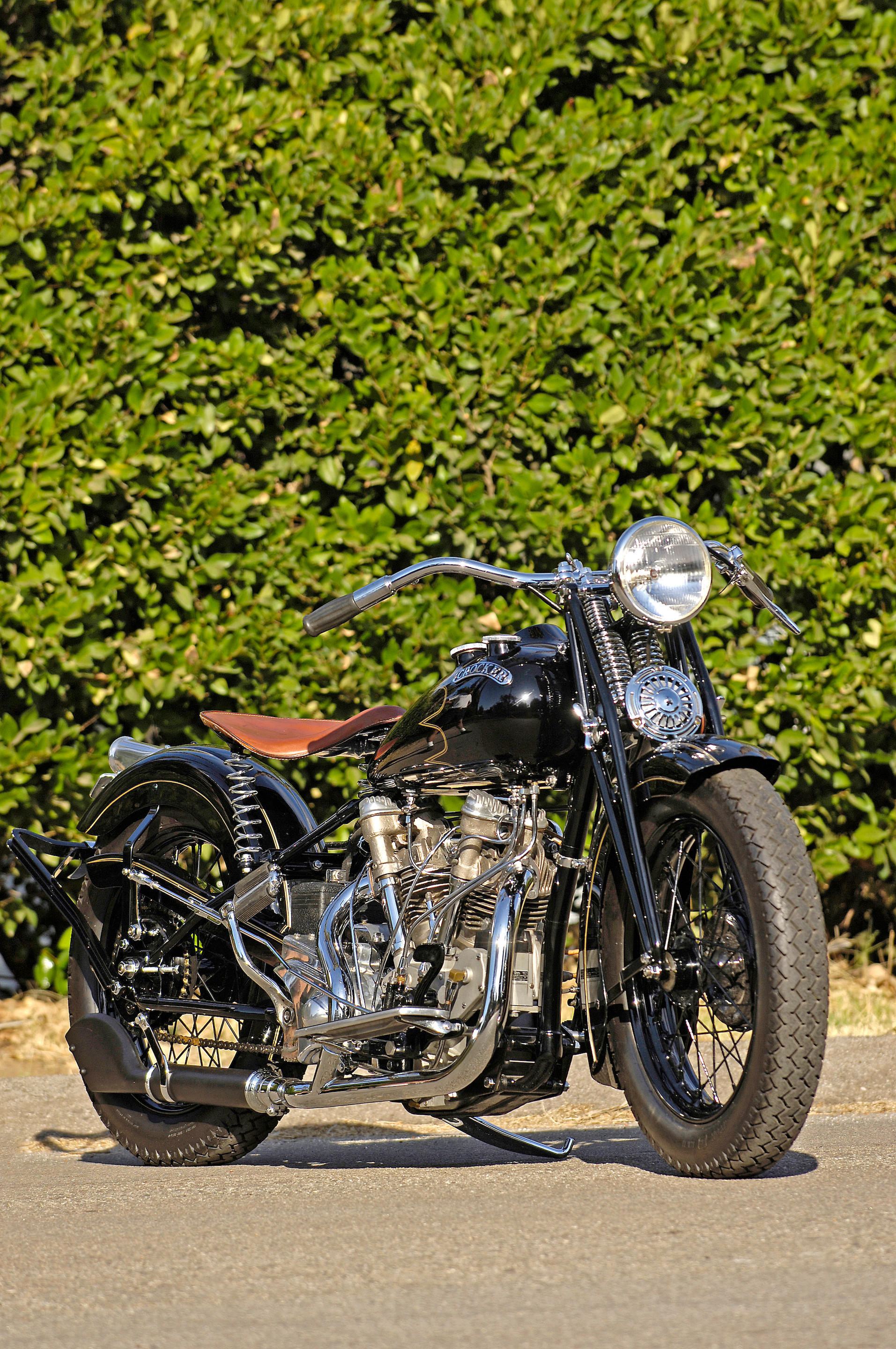
Try LotSearch and its premium features for 7 days - without any costs!
Be notified automatically about new items in upcoming auctions.
Create an alert